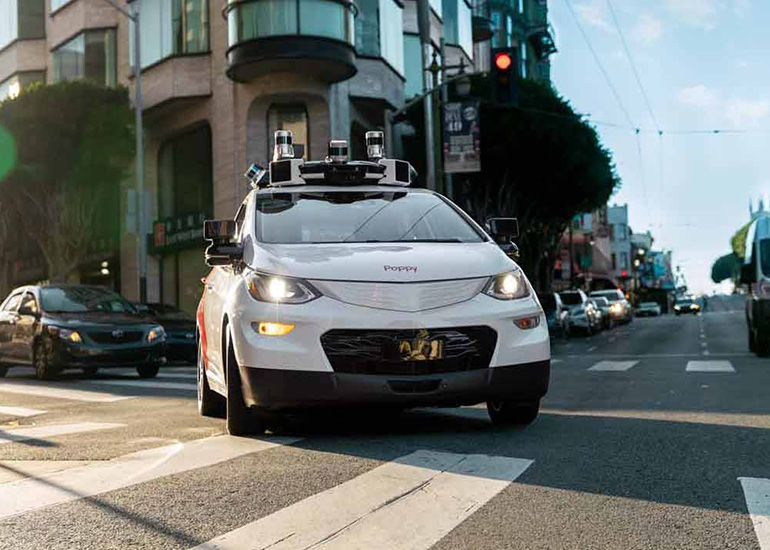Cruise hits one million driverless miles

| Source: Cruise
Cruise announced today that its fully driverless vehicles have traveled over one million miles just fifteen months after the company gave its first fully driverless ride. A majority of Cruise’s fully driverless miles were driven in San Francisco, where cruise first rolled out its robotaxis in November 2021.
Since its start in 2013, Cruise’s strategy has been to automate vehicles in the most difficult driving environments first so that its autonomous driving system could easily be rolled out to cities that are easier to drive in.
For Cruise, that meant starting in San Francisco, a notoriously difficult city to drive in. This means that for every driverless mile the company logs in San Francisco, [it’s] able to gain information about complex driving scenarios that help better its technology.
“The dense, often chaotic, streets of San Francisco have about 19,000 people per mile and give our fleet mountains of information-rich data to learn from,” Mo Elshenawy, the EVP of engineering at Cruise, said in a release. “For example, stop sign blow-throughs are 46x times more frequent in San Francisco than in suburban areas. And double-parked vehicles and cut-ins are everyday norms of San Francisco traffic—not exceptions.”
Robotics Summit (May 10-11) returns to Boston
Register Today
More recently, in December 2022, Cruise announced that it was expanding its driverless operations to Austin and Chandler, Arizona, a suburb of Phoenix. An exciting aspect of this expansion is just how quickly Cruise was able to get autonomous vehicles on the ground in Austin. While it took years for the company to launch its first service in San Francisco, it only took Cruise 90 days to go from absolutely no infrastructure in Austin to beginning to give driverless rides.
“Every day, we process five petabytes of simulation data—this means we process more than a 4k digital library of every movie ever made every month,” Elshenawy said. “Together, road data and simulated data help us train new AI models that continuously improve upon the performance of older ones.”
Cruise has recently started testing its purpose-built Origin vehicle on public roads in San Francisco. Origin is a fully autonomous vehicle with no front seat or steering wheel, designed specifically for giving autonomous taxi rides.
The post Cruise hits one million driverless miles appeared first on The Robot Report.
from The Robot Report - Robotics News, Analysis & Research https://ift.tt/MGZa17E
via artificialconference

Comments
Post a Comment